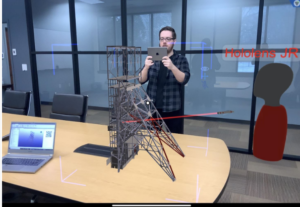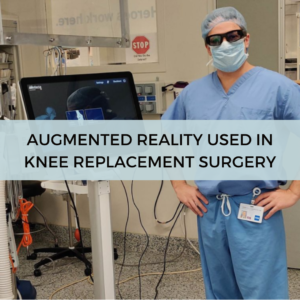Arvizio brings AR Collaboration to Zoom Meetings with Immerse 3D App for Smartphones, HoloLens & Magic Leap

Arvizio may have the solution to that shortcoming with an update to its AR collaboration platform. Canada-based Arvizio revealed Immerse 3D, an app for iOS, Android, HoloLens, and Magic Leap (listed as Arvizio Immerse 5.0) that works in conjunction with Arvizio Director PC collaboration software and Arvizio Cloud service to enable video conference participants to interact with the same 3D model simultaneously in AR.
After meeting moderators initialize an Arvizio Director session and load up the content, they share a QR code during a web meeting. Participants then scan the code with the Immerse 3D app via their mobile device or AR headset.
As they interact with the 3D content, participants will be able to see their colleagues represented by avatars in their personal space. Users can scale models from tabletop to life-size and annotate the model as well.
Immerse 3D is capable of rendering CAD, BIM, and 3D models in AR and works with Microsoft Teams, Zoom, Google Meet, Webex, BlueJeans, Amazon Chime and other video platforms that support screen sharing.
Because there is an Android version of the app, it works with stereoscopic smartglasses running on Android. According to a company spokesperson, the company has tested the app on a number of Android-based AR headsets, and it has found that some porting is necessary (stereoscopic headsets are necessary to enable the 3D experience).
While AR collaboration tools aren’t nearly as mainstream as Zoom, Microsoft Teams, and Google Meet, Arvizio’s solution helps the average office worker dip their toe into the waters of AR interaction.
“Bringing augmented reality to web meetings provides a more impactful experience – it’s visual, interactive and immersive,” said Jonathan Reeves, CEO of Arvizio, in a statement. “We are empowering our customers to use 3D visualization with stakeholders around the world and use augmented reality for more efficient and realistic project reviews. We’re excited to deliver this capability to our customers as remote interactions and digital meetings become the norm.”
Read AREA member profiles of Arvizio Microsoft and Magic Leap








